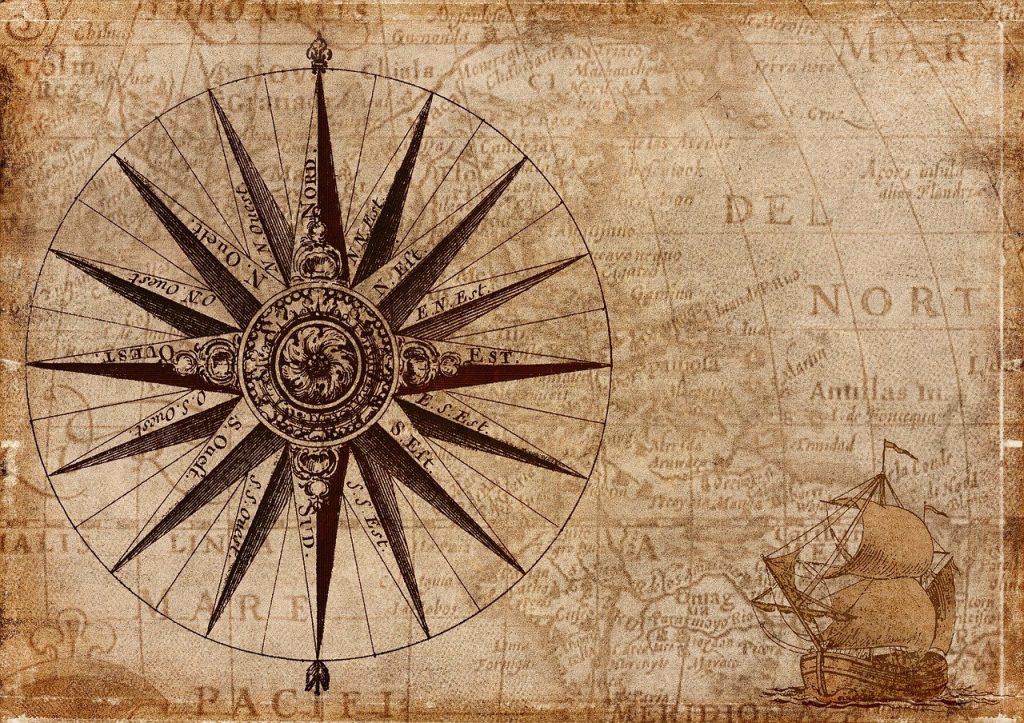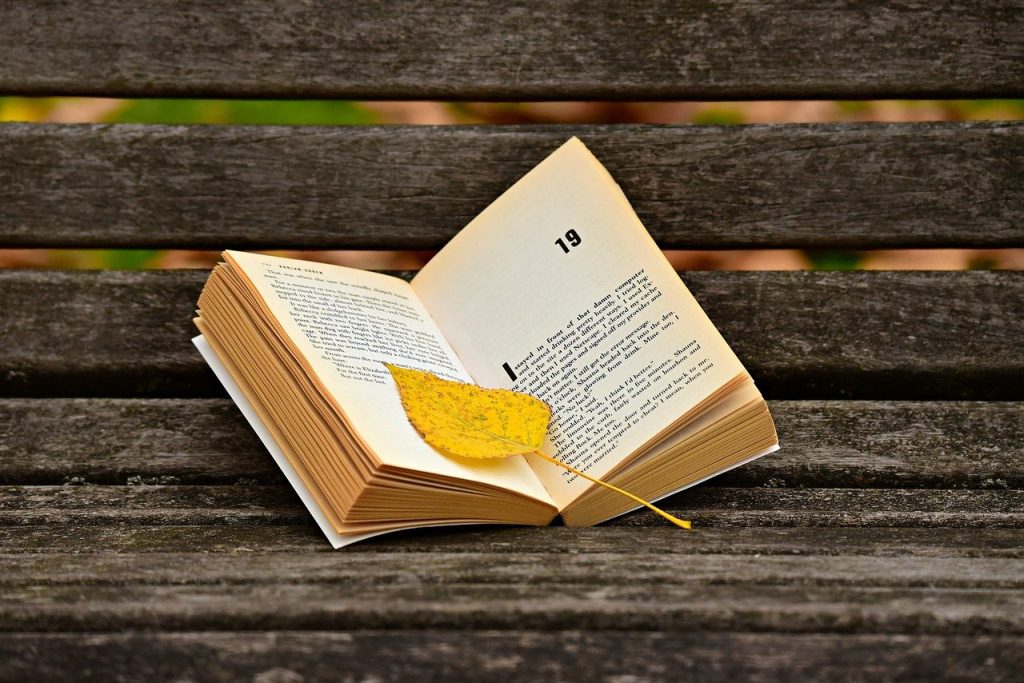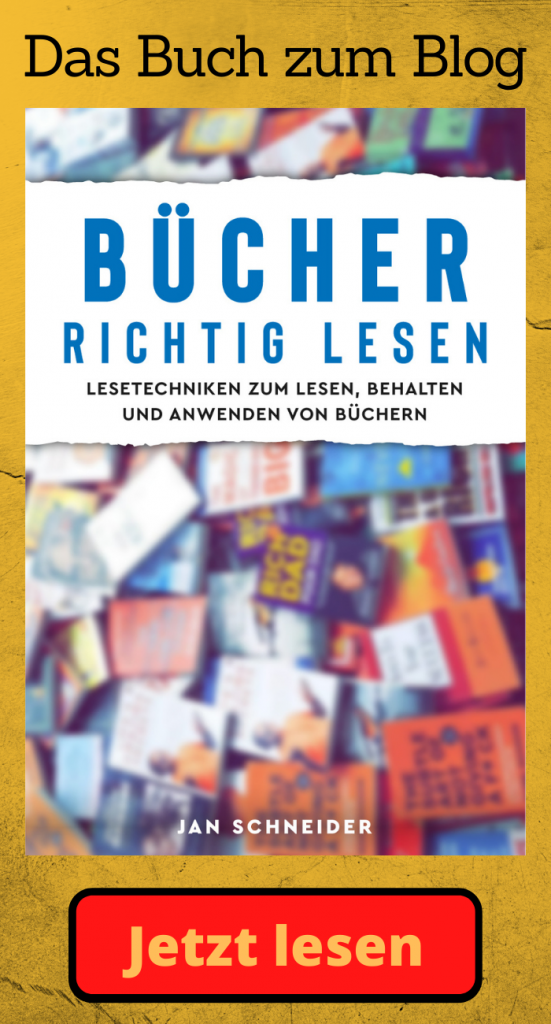Fiction: How To Read Novels And Stories
Reading novels and stories is a great complement to reading nonfiction books. In this section, you’ll learn what differences to keep in mind when reading fiction versus nonfiction, how to make reading stories more engaging, and how to use the narrative as inspiration for your own life.

Reading fiction differs in several ways from reading nonfiction. Since fiction typically consists of coherent narratives, these books should generally be read from beginning to end. With nonfiction, however, it can be useful to focus only on the essential sections, skimming or skipping the rest. Therefore, it’s advisable to read fiction at a slower pace. This will also make it easier for you to imagine the story’s content as you read. Visualize what you’re reading and immerse yourself in the narrative. Imagine that you are right there in the setting, observing the events unfold. Engage multiple senses along with visual aspects, take in sounds and smells. Beyond simply observing, you can also place yourself in the perspective of a particular character, experiencing the story through their eyes. Try to imagine the character’s emotions, thoughts, and sensations in each situation, and consider how you would act if you were in their place. At the same time, identify the character traits of the various figures in the story. This approach makes reading more enjoyable, while also honing your ability to visualize and empathize. For this level of immersion, it’s helpful to have longer reading sessions than you might with nonfiction, as reading fiction for several hours at a time can be especially beneficial. Additionally, it can help to look up the setting and time period of the story before starting, especially if it’s based on real events.

Another way to make fiction more interesting is to consider where the story might go next. Think about what could happen, using what you know about the characters’ traits. You might even imagine how you would continue the story as the author. Predict a possible ending and later compare it with the actual outcome. This way, you create multiple storylines in your mind even though you’re reading just one, enhancing both your creativity and excitement as you read.
After finishing the book, summarize the story on a single page from memory. Mentally revisit the plot and identify the key moments that defined it. Take brief notes on any lessons or insights from the story that you could apply to your own life by using the journal technique. This way, you learn from the characters in the story and use them as inspiration. You’ll also find it easier to recount the story to others, sharing your thoughts on it as well.

Reading stories in this way can teach you how others solve problems and handle difficult situations. For example, Viktor E. Frankl’s story, told in “Man’s Search for Meaning”, describes how he maintained a positive outlook even in a concentration camp, which can be a powerful source of inspiration. Another example is Ernest Shackleton and his crew, who lost their ship named the “Endurance” on an expedition to Antarctica, yet managed to survive 635 days in ice, enduring hunger, cold, and exhaustion before making it back to civilization on their own.


